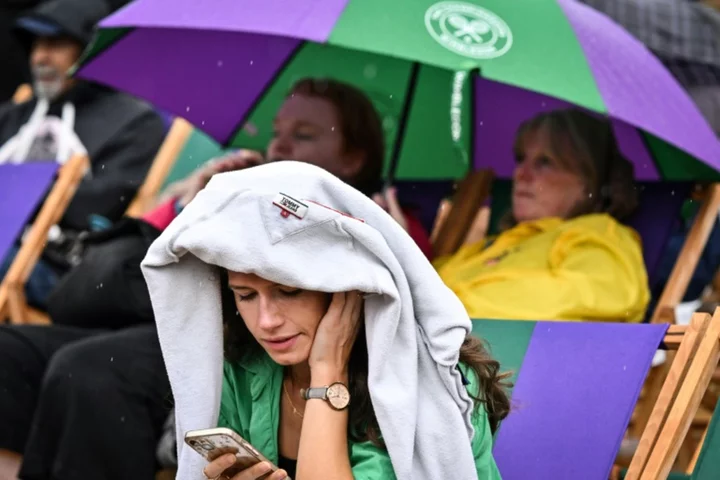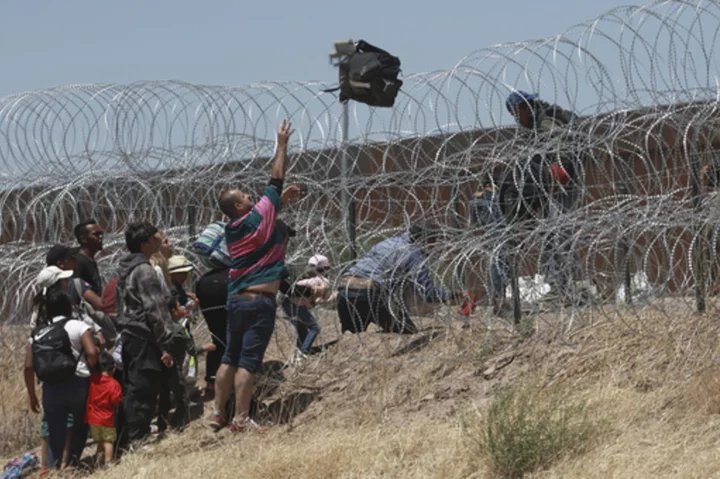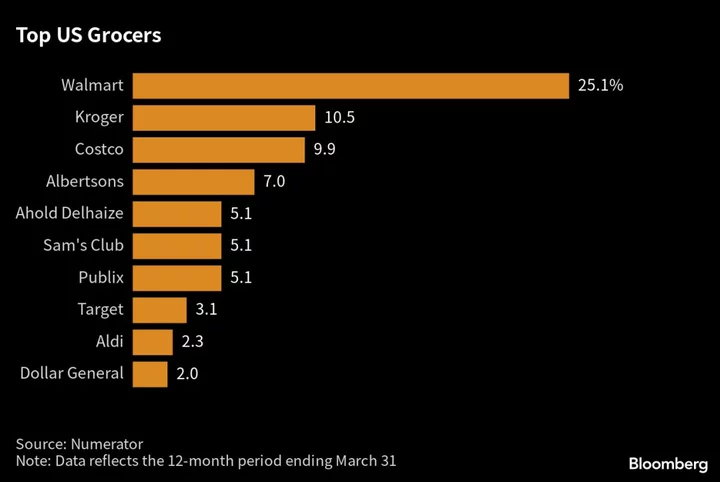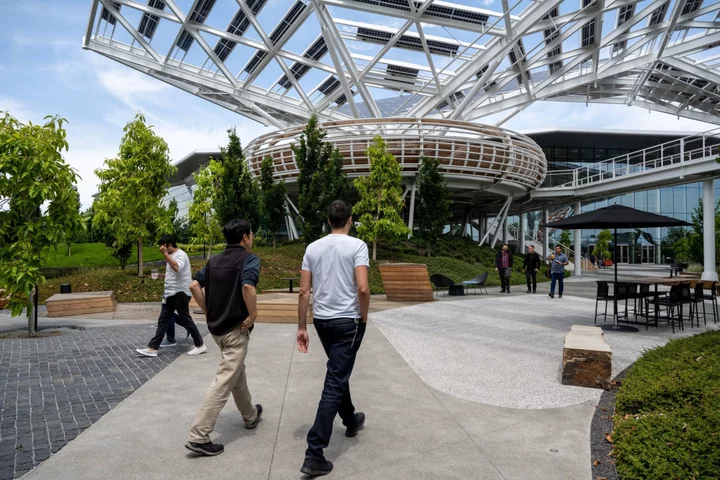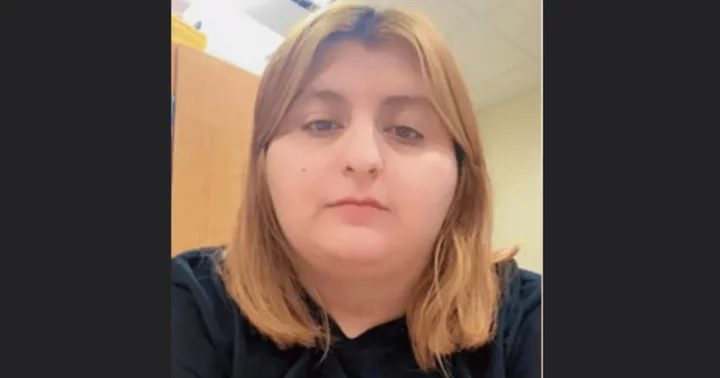Tucked away at the heart of Wimbledon sits an unassuming office that is one of the most critical cogs in the entire machine -- the weather room.
The meteorologists stationed there have a huge responsibility at a tournament where weather is such a major factor and are able to plot incoming danger with astonishing accuracy.
On their say-so the grass courts are covered or left uncovered -- even though the team is occasionally caught out by the famously unpredictable British weather.
This year's tournament was badly disrupted by rain in the first week, causing a scheduling headache for officials and forcing some players to stop mid-match while the roof was closed on Centre Court and Court No. 1.
Fans were treated at one stage to the unusual sight of defending champion Novak Djokovic mopping up moisture with a towel.
The pressure is on the weather team at Wimbledon -- a collaboration between Britain's Met Office and Meteo France -- to get the correct information to the club to prevent delays.
"The Met Office leads the story from an hour out for the rest of the week," said senior operational meteorologist Abby Smith.
"So we're leading those planning decisions about whether to close the roof and then tracking showers as they form downwind and then looking at how fast they are moving.
"When they get to about an hour out from current time we hand over to Meteo France, who've got an amazing high-resolution radar."
- Cloud tracking -
Fellow meteorologist Paul Abeille of Meteo France said the radar equipment gives an astonishingly accurate picture of rain clouds coming, tracking them from 60 kilometres (37 miles) away.
"We know exactly where the rain cells (rain clouds) are," he said.
The modelling is so accurate that the team can even pinpoint where showers will first hit on the Wimbledon site in leafy southwest London.
The radar equipment is also used at other events including the French Open and the British Grand Prix.
The ultimate decision of whether to stop play is made by tournament officials, relying on the data they are given.
"In 20 seconds they can put the cover on the court but when you uncover the court it takes maybe five minutes because you have to remove the water, then the players have to warm up again so it takes 25 minutes to restart the game," he said.
"That's why they ask us not to lose a single minute."
Abeille admits that despite the cutting-edge technology, the weather experts are sometimes caught out -- and it happened on Sunday.
"I was expecting no rain and we got 10-minute showers," he said, though he admits working somewhere with changeable weather is "more fun".
Officials might choose not to stop play if there is just a sprinkle of rain while at other times they take preventative action, even though it is not yet wet.
"If it's light enough then it won't have damaged play so it's making that decision," said Smith.
"We want to maximise play as much as possible, that's why we're here. If it's not going to be dangerous and it's just going to be very light then you'll be able to see that on the radar."
The Met Office is part of an elaborate and quirky communication set-up at the All England Club, keeping court-covering teams up to date.
High up on the ivy-covered outside walls of Centre Court is a small electronic board using a signal system, keeping groundstaff and umpires updated on the latest conditions.
Wimbledon referee Gerry Armstrong makes the final decision based on communication with the on-site meteorological team.
"I get a lot of job satisfaction because you can see the impact of what you're doing and obviously it's a lovely place to be, with a great atmosphere," said Smith.
jw/dj

